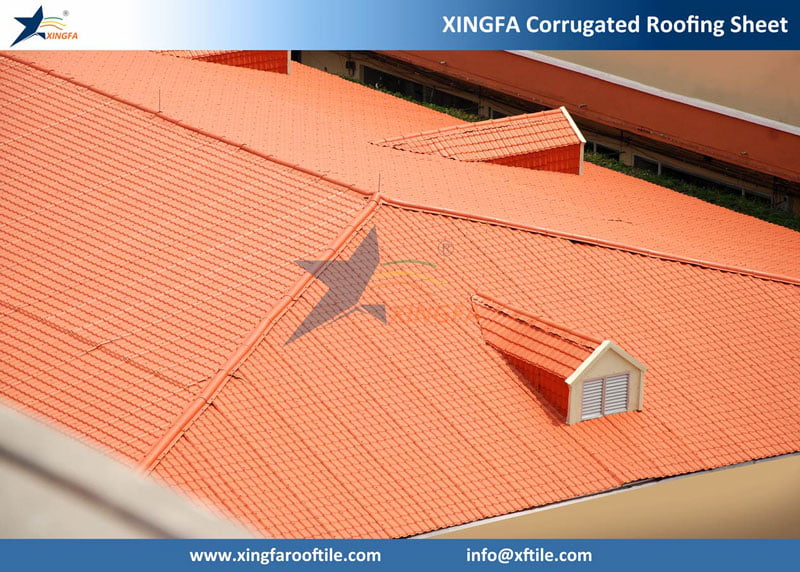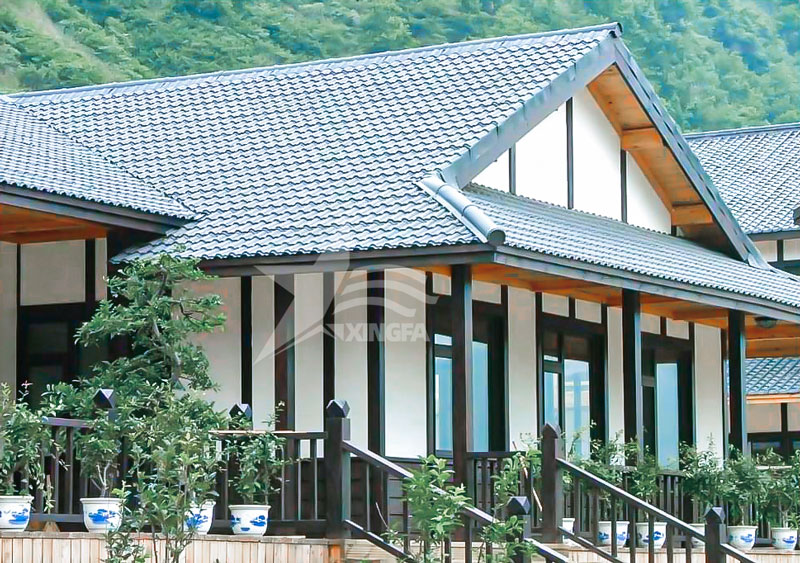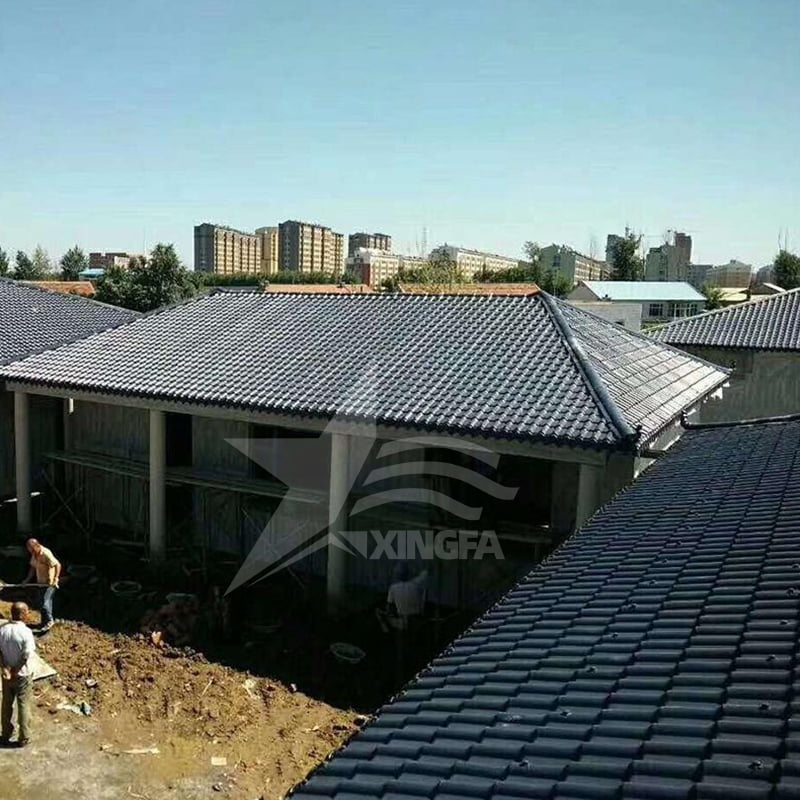In the building materials market, the choice of roof covering materials is crucial. It is not only related to the beauty and style of the building, but also directly affects the comfort and safety of the house. Among the many roofing materials, synthetic resin tiles and iron tiles are two common choices. This article will compare the performance of these two materials to help you make an informed choice.

Synthetic resin tiles are popular for their unique properties and advantages. It is made of ultra-high weather-resistant engineering resin ASA raw material and has excellent weather resistance and corrosion resistance. Compared with resin tiles, iron tiles are made of iron and are prone to corrosion, rust and water leakage, and have a shorter service life. In terms of weather resistance and waterproofing, synthetic resin tiles are far better than iron tiles. Resin tiles can maintain stable performance under various harsh weather conditions and will not seep or crack due to rain or natural phenomena.

In addition to being weather-resistant and waterproof, synthetic resin tiles also have good thermal insulation properties and can create a comfortable indoor environment that is warm in winter and cool in summer. In contrast, iron tiles perform relatively poorly in thermal insulation. In addition, synthetic resin tiles are insulating products and are non-conductive and will not cause harm to people in the event of accidental discharge, while iron tiles may conduct electricity during rain and thunder, posing a safety hazard.

Experiments have proven that synthetic resin tiles also have good sound absorption and noise reduction effects, which can reduce interference from external noise and improve living comfort. The performance of iron tiles is poor in this regard and cannot effectively absorb noise. To sum up, synthetic resin tiles are superior to iron tiles in many aspects, especially in terms of weather resistance, waterproofing, thermal insulation and safety.










